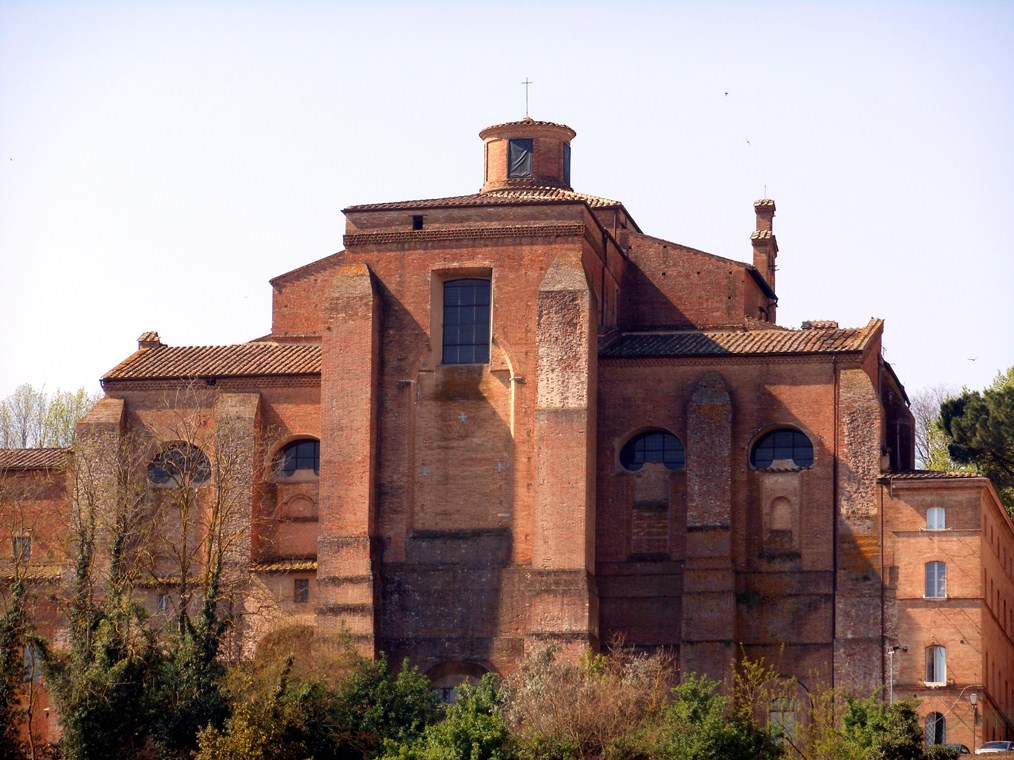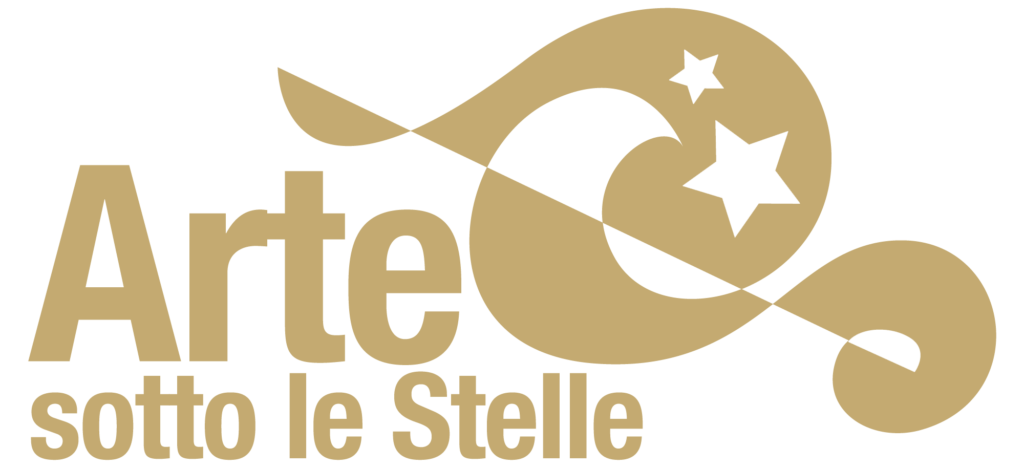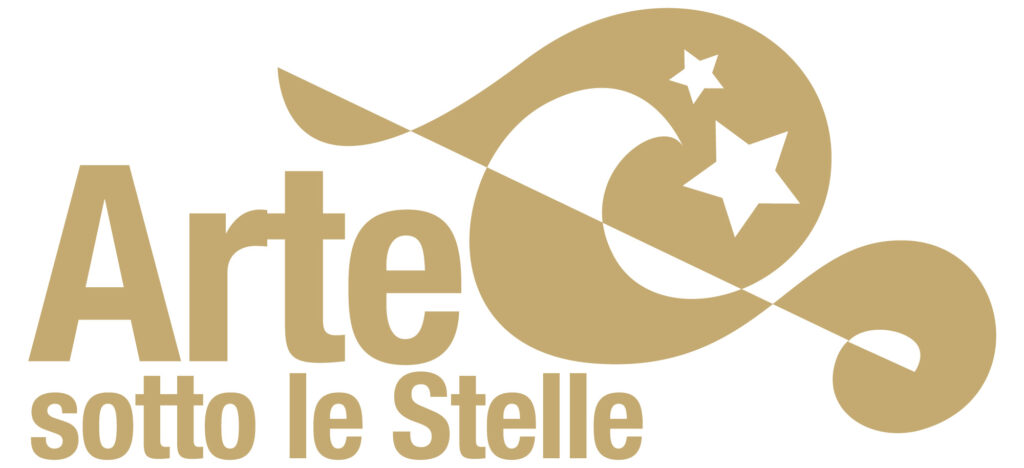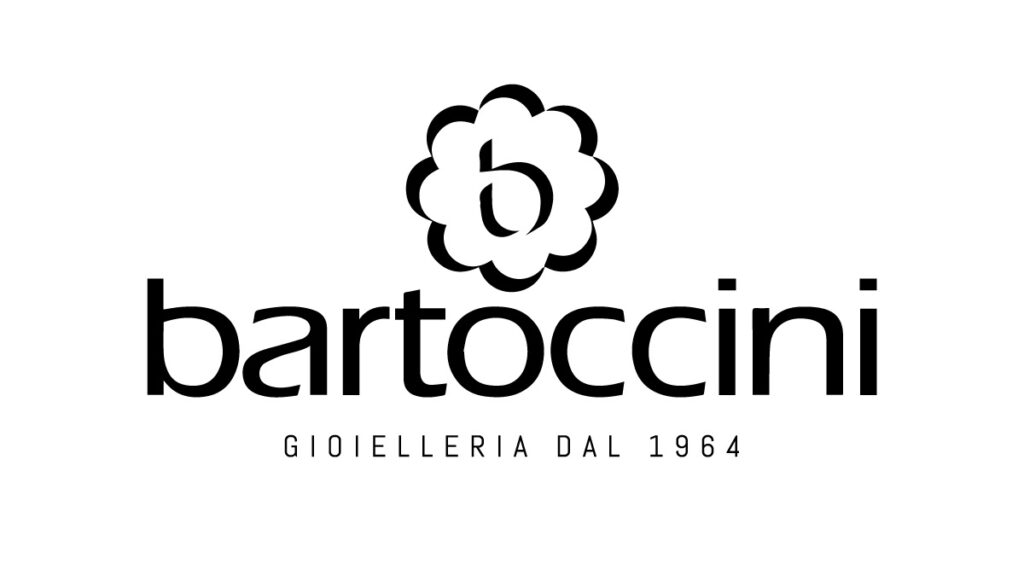Chiesa di Sant’Agostino – Siena
I lavori iniziarono nel 1259 e si protrassero per oltre cinquant’anni, sostenuti dalle donazioni del Comune, dello Spedale di Santa Maria della Scala e di privati cittadini. Alla fine del secolo fu edificato il grande transetto, che rese necessaria la costruzione di una cripta per colmare il dislivello del terreno sottostante al corpo orientale.
È difficile stabilire con esattezza quando la chiesa sia stata terminata ma doveva esserlo già nel 1398, anno in cui, come attestano i documenti, una violenta tempesta fece cadere per metà il campanile, che era all’epoca una delle torri più alte della città.
Successivamente, i padri agostiniani cercarono di arricchire l’interno con le opere dei migliori artisti vissuti in quei secoli ma, poco prima della metà del Settecento, parte di quei lavori andò purtroppo perduta in un terribile incendio. Si iniziò pertanto un costoso restauro dell’edificio (1747-1755) su disegno dell’architetto Luigi Vanvitelli, che conferì alla chiesa l’aspetto attuale. In concomitanza con la ristrutturazione dell’annesso convento fu anche realizzato il neoclassico portico aggettato alla facciata, su progetto di Agostino Fantastici (1818).
A seguito delle diverse soppressioni susseguitesi dalla seconda metà del ‘700, fino a dopo l’unità d’Italia, tutto il complesso conventuale è stato incamerato dallo Stato, pur rimanendo la chiesa ad uso liturgico e sede parrocchiale. I frati agostiniani, attraversando fasi alterne, hanno definitivamente lasciato il sito nel 1972; oggi la chiesa viene raramente officiata, pur rimanendo adibita al culto, e custodisce un patrimonio significativo di opere d’arte.
La pianta è a croce latina e ad unica grande navata; dal fianco destro si accede alla cappella della famiglia Piccolomini, dove sono conservate la Maestà di Ambrogio Lorenzetti (1338 ca.) e l’Adorazione dei Magi del Sodoma (1530). Le pareti laterali dell’aula centrale sono scandite da una serie di pilastri in stucco che intervallano gli altari in marmi policromi, eretti tra il XVI e il XVII secolo.
Punto focale della chiesa è il monumentale altar maggiore marmoreo realizzato nel 1608 da Flaminio Del Turco, al centro del quale è collocato un imponente ciborio a tempietto circondato da angeli, opera tardo seicentesca dei fratelli Mazzuoli. Lungo le pareti ogni altare conserva preziose opere pittoriche: oltre al Perugino della celebre Crocifissione (Pala Chigi), sono presenti i maggiori rappresentanti del tardo manierismo e primo barocco senese: Francesco Vanni, Alessandro Casolani, Ventura Salimbeni, Pietro Sorri e Astolfo Petrazzi, oltre al viterbese Giovanni Francesco Romanelli e al marchigiano Carlo Maratta. Nel transetto destro, all’interno della Cappella Bichi, sono stati in tempi recenti rinvenuti importanti affreschi, coperti durante il rifacimento vanvitelliano, riconducibili a Luca Signorelli, Francesco di Giorgio e collaboratori. Nel transetto sinistro è conservata una statua lignea di san Nicola da Tolentino, opera tardo quattrocentesca di Giacomo Cozzarelli, un affresco del manierista senese Bartolomeo Neroni detto il Riccio e il celebre dipinto delle tentazioni di sant’Antonio nel deserto, realizzato da Rutilio Manetti nel 1630.











